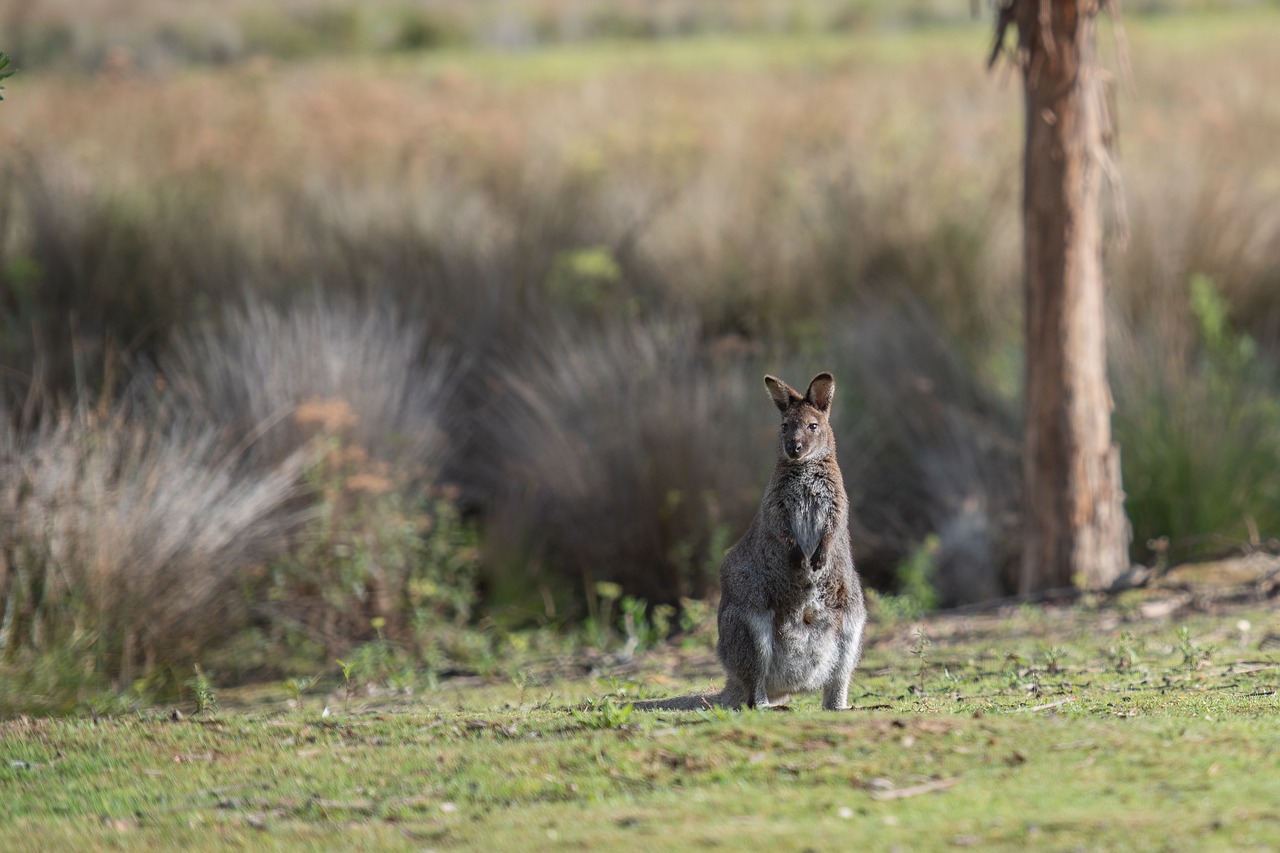“Australia’s Green Iron Key” makes the case and outlines a series of policy recommendations for Australia to become the centre of green iron production, starting with the establishment of a $10 billion domestic support package to decarbonise the existing iron ore and steel industry and prioritise the development of export-focused green iron projects.
“With fast and deliberate action, Australia could be perfectly positioned to be the green iron key unlocking greener steel manufacturing with our major trading partners in Asia,” said Nicole Wyche, WWF-Australia’s Industry Decarbonisation Manager (Steel). “But we must act now. Iron ore is crucial to Australia’s economy, and our international trading partners are looking to decarbonise their steel supply chains. It’s in our mutual economic interests to work together to build out a green iron corridor from Australia to our major trading partners.”
Australia is the world’s leading exporter of iron ore for steelmaking. Iron ore is Australia’s most valuable export commodity, delivering 33% of the country’s export income ($138 billion in 2023-24), and a critical source of employment in Western Australia.
“Decarbonising iron and steel production is vital if we are to stabilise global temperature rise to 1.5 °C in line with the Paris Agreement,” said Ms Wyche. “The industry supply chain is starting to shift, and Australia and Western Australia need to act quickly or lose out to faster movers.”
Methods for producing green iron and steel continue to improve, but investment and policy support are required to encourage the use of these and put the industry on track to reach net-zero emissions before 2050.
A report by the Minerals Research Institute of Western Australia estimates that building just one green iron plant could generate $85 billion to Australia’s GDP, an additional $66.5 million in real income across its operational life and 1,540 full time jobs. It would also produce less than three per cent of emissions resulting from conventional steel production.
The WA Government has acknowledged this opportunity, releasing a report on Western Australia’s Green Steel Opportunity in 2023, but no concrete strategy has since been put in place.
“Other states like South Australia are really leading the way,” said Ms Wyche. “South Australia has positioned itself as a national leader with its SA Green Iron and Steel Strategy, and is already attracting international investment by creating an enabling environment for clean energy and low-emission industry development.”
WWF’s report spells out the role the WA and federal governments can play in making Australia a global leader in green iron production. Green iron is an ideal strategic fit with the federal government’s Future Made in Australia and Green Metals initiatives.
The report urges federal and state governments to deepen strategic partnerships with Australia´s major trading partners, Japan, Korea and China, and pursue a regional diplomatic green iron and steel initiative.

